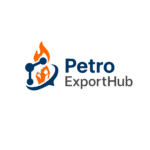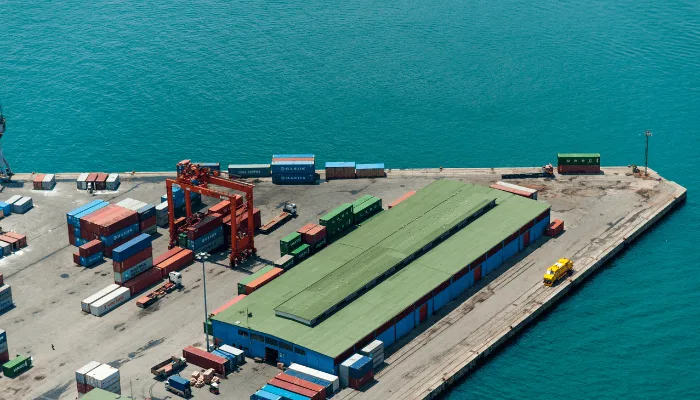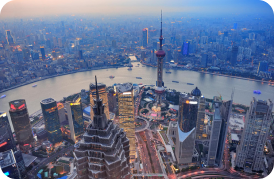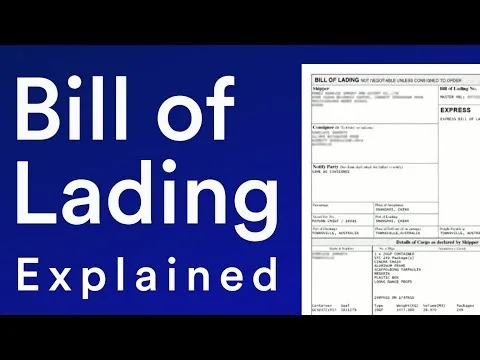
“Understanding Bills of Lading in Petrochemical Trade: A Complete Guide”
Introduction
In the world of petrochemical exports, documentation is as important as the product itself. Whether you’re exporting PE100B, base oil SN150, or monoethylene glycol (MEG), one document determines ownership, delivery, and payment security: the Bill of Lading (B/L).
A Bill of Lading is more than just a shipping receipt. It is a legal contract between exporter, carrier, and importer, and it plays a central role in financing, customs clearance, and dispute resolution. Without a correctly issued Bill of Lading, even the most valuable petrochemical cargo can be delayed, rejected, or financially risky.
1. What Is a Bill of Lading?
A Bill of Lading (B/L) is a legally binding document issued by the carrier to the exporter once goods are loaded onto the vessel, truck, or aircraft. It serves three key purposes:
Receipt of goods – proof that cargo has been received in good condition.
Document of title – ownership of goods can be transferred using the B/L.
Contract of carriage – outlines rights, obligations, and responsibilities of both parties.
2. Types of Bills of Lading in Petrochemical Trade
| Type of B/L | Key Features | Use in Petrochemicals |
|---|---|---|
| Straight B/L | Non-transferable, goods go directly to named consignee | Used for trusted buyers of base oil SN150 |
| Order B/L | Transferable by endorsement, widely accepted in trade finance | Common in PE100B exports where LC (Letter of Credit) is used |
| Seaway Bill | No document of title, only proof of receipt | Used for short-haul shipments like MEG exports to nearby GCC markets |
| Clean B/L | States goods were received in good condition | Crucial in solvents and chemicals where product quality matters |
| Claused B/L | Notes damaged or incomplete cargo | Rare in high-value petrochemicals but a major red flag for buyers |
3. Why Bills of Lading Matter in Petrochemical Exports
Financing: Banks won’t release LC payments without the correct B/L.
Customs clearance: Importers need a valid B/L to claim cargo.
Risk control: Incorrect B/Ls can delay delivery and increase demurrage charges.
Trust: A clean B/L builds buyer confidence, impacting PE100B and monoethylene glycol supplier credibility.
4. Common Mistakes Exporters Make
Using the wrong type of B/L (e.g., Seaway Bill instead of Order B/L in LC transactions).
Failing to check that cargo description matches sales contract (e.g., “PE100B pellets” vs. “HDPE PE100B”).
Not specifying Incoterms alongside B/L instructions.
Overlooking consignee details, causing customs clearance delays.
5. Best Practices for Exporters
Always align Bill of Lading details with sales contract and Incoterms 2025.
Double-check HS codes and product specifications (e.g., PE100B price and grade, SN150 viscosity index).
Use Order B/L for transactions involving Letters of Credit.
Request Clean B/L to avoid disputes over product quality.
Train staff in document verification before submission to banks or buyers.
6. Future Trends: Digital Bills of Lading (eB/L)
The industry is shifting toward electronic Bills of Lading (eB/L), driven by blockchain and trade digitalization. For petrochemical exporters in Iran, GCC, and Asia:
eB/Ls reduce delays in paperwork.
Faster monoethylene glycol price negotiations as banks accept digital titles.
Lower fraud risk due to digital verification.
Growing adoption by major shipping lines by 2025.
FAQs
Q1: What’s the difference between a Straight B/L and an Order B/L?
Straight B/L is non-transferable, while Order B/L can be endorsed and used in financing.
Q2: Can I use Seaway Bills for PE100B exports to Asia?
Not recommended for long-distance, high-value shipments. Use Order B/L instead.
Q3: How do Bills of Lading affect monoethylene glycol supplier negotiations?
Buyers often request CIF with Clean B/L to ensure product quality and secure payment.
Q4: Will eB/Ls replace paper completely?
Yes, by 2030, most major carriers expect full adoption of eB/L.
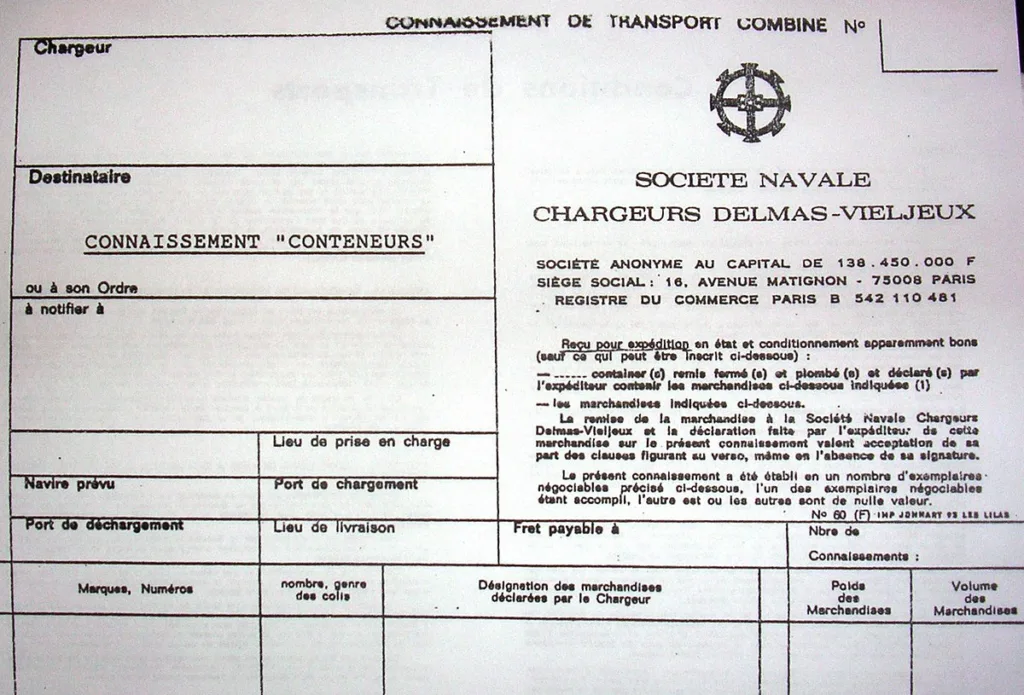
Would you be looking for suppliers in Iran?
- Contact Us today and get connected with producers and export-ready logistics.
- sales@PetroExportHub.com

Related posts
Mono Ethylene Glycol (MEG) serves as a cornerstone for modern antifreeze and coolant formulations, offering reliable freezing protection and heat resi . . .
Explore Solvent 100’s specs, uses, and export opportunities from Iran. Ideal for paint, ink, and adhesive buyers in India, Turkey, UAE, and Africa. . . .
Explore everything you need to know about exporting sulphur from Iran in 2024 — including types, packaging, documents, ports, prices, and top import . . .
Explore Iran’s top ports for petrochemical exports, including Bandar Imam Khomeini, Assaluyeh, and Bandar Abbas. Compare infrastructure, accessibili . . .
Learn the key differences between polypropylene (PP) and polyethylene (PE), their applications, advantages, and how to choose the right polymer for yo . . .
Discover how a Turkish plastics manufacturer reduced costs by 22% through importing HDPE from Iran. Real-world case study by PetroExportHub. . . .
Learn why Iran is a leading exporter of polyethylene (PE). Discover grades, global applications, and how PetroExportHub connects buyers with top suppl . . .
We are here to answer your questions....
Petro Export Hub
PetroExportHub specializes in the export of premium-grade petrochemicals, minerals, and industrial chemicals from Iran, serving international markets with reliability, transparency, and tailored logistics solutions
Tehran Office
Phone:
0214865484 | +989127607241
Address:
Tehran..
China Office
TEL :
0211400
Address:
Zhongzhou Bie Lu, Zhongcheng Street, Yiwu City, Zhejiang Province, China
Quick Access
Quick Access
- Contact Our Sales Team
- Frequently Questions
- Shipping & Logistics
- Become a Partner
- Certificatins & Quality
